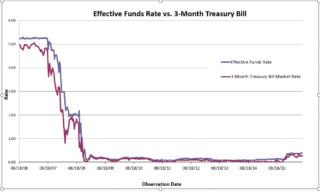Last night’s historic electoral upset (not the first for the US, but surprising all the same) is still in the digestion phase, and will be for some time. Markets, however, wasted no time adjusting to the new reality, at least what we know of it now. After a two day run that tacked 450 points onto the Dow leading up to last night, the overnight action took Dow futures down some 800 points on bourses overseas. It’s a good thing folks in the U.S. didn’t have the opportunity to trade, however, since by morning, traders were already changing their minds, allowing the Dow to open nearly flat. As we write this, the prospect of less regulation, a tax policy overhaul, and other measures are causing stocks to rally strongly. Time will tell if these things come to pass, and even if they do, how they will affect individual companies, but certain things remain true:
Valuation still drives returns. Factors that no politician can control – demographics, indebtedness, and pension liabilities – are driving interest rates down. Earnings still matter. Humans still prefer improvement over decline. None of these things has changed. The background of a decent, if not ebullient, economy, low interest rates, equity valuations that are not out of sight, and this earnings season, the first quarter in six, when earnings actually appear to be increasing, are the factors that drive stock prices over time.
Our job is to filter the noise, particularly that proffered by the media; to understand that companies adjust – they do not remain static like the proverbial deer in the headlights awaiting slaughter by oncoming negatives; and that, consequently, things generally improve over time after individual companies experience misfortune. It is these factors – along with client circumstances and risk management – that lead to buy and sell decisions. We may not know how the new president will govern, but we do know a lot about this craft we practice, and that’s our focus.

